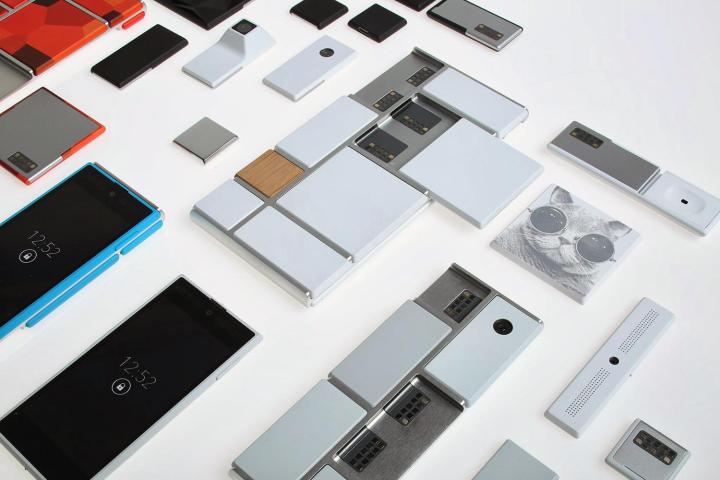
Because Google only has a limited number of Ara developer boards, it’s asking interested developers to get in touch with their ideas, so it can choose the most worthy. Developers can pitch to Google between now and July 17, and Google will make its decision within a week. If your module is deemed suitable, a board will be shipped out by the end of the month. Once the initial applications have been submitted on July 17, Google will open up the process again, this time until mid-August.
If you’re not familiar with Project Ara, it’s Google’s (formerly Motorola’s) plan to make an affordable smartphone with interchangeable modules, so users can customize or upgrade the device as funds allow. For example, you could start off with a simple smartphone, then add a faster processor, a better camera, or a stronger battery over time. Alternatively, take the “brain” from one device and put it in another, like a tablet, for the ultimate in convenience.
Project Ara will depend on interesting modules to be a success, just like app stores are important today, so Google needs to encourage developers to produce cool add-ons at this early stage. There’s not much time left if it wants to stick to its own schedule either. Google previously stated it wants the first Project Ara phones on sale by January 2015.



